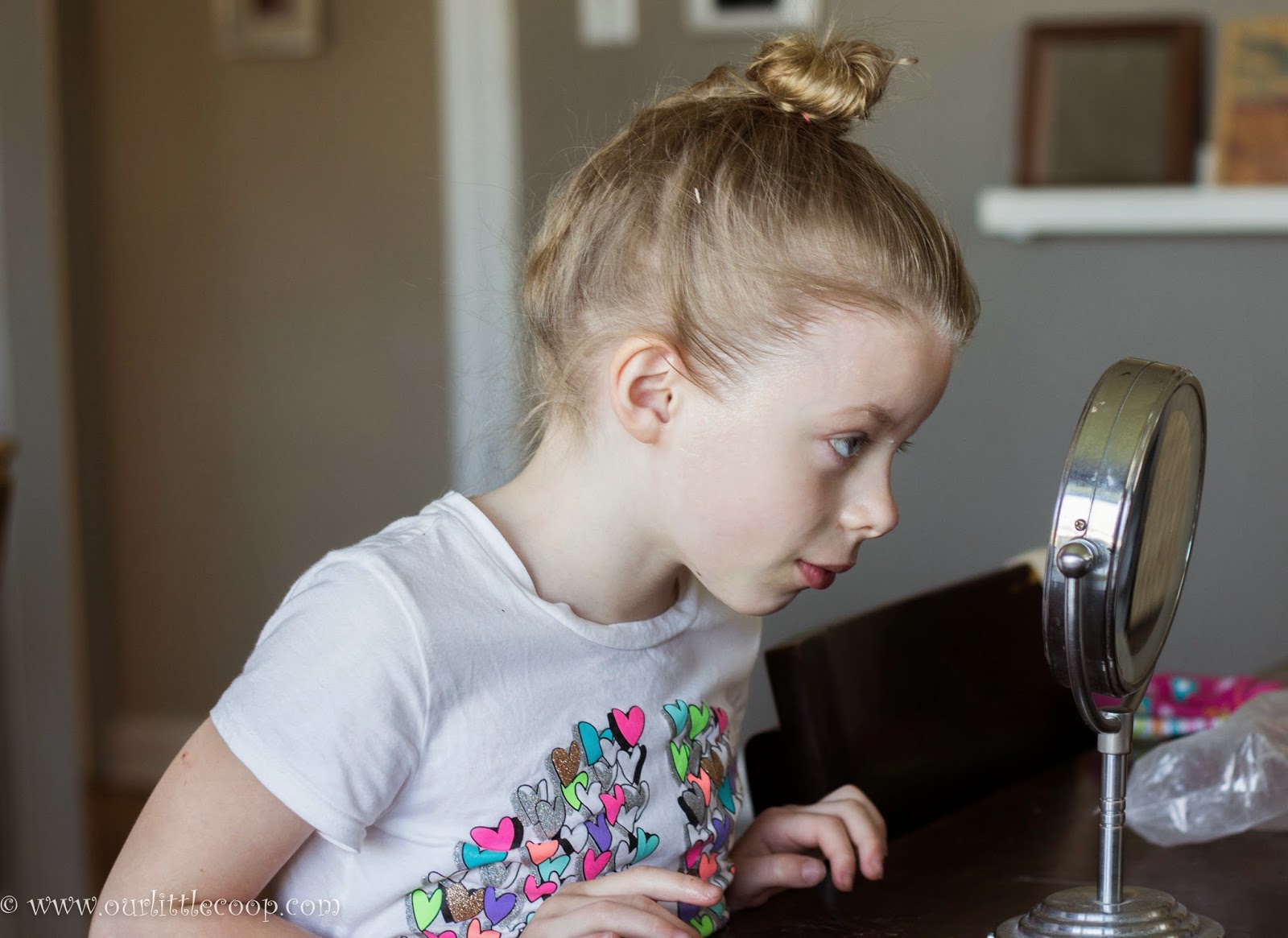We have a very reluctant little reader in our house who I always approach with great caution when it comes to her reading. She loves to be read to and will sit for hours upon hours while I read her a chapter book, but she instantly clams up and shuts down when she is the one asked to do the reading (even though she can). Usually I come up with creative ways to make our reading time and practice more fun and to help lessen her anxiety. This consonant blend Candy Land game was awesome and she really enjoyed playing it! If you are using the Oak Meadow Second Grade Curriculum, these are the blends that you will be asked to review.
First, print the tiles for your game cards HERE
 |
| After you've printed and trimmed, glue.... |
 |
| ...stick the strip on your index card.... |
 |
| ...cut between each blend... |
 |
| And there you have it! |
 |

How we played:
We played the exact same way that we would have played the original Candy Land game but with one added step. Each time we picked a card we came up with a word for the consonant blend that was on the card before moving ahead. For example, if I picked "dr" with one yellow square, my word was "draw" and I advanced to the next yellow square. If AG picked a double blue with "st" on the card, her word was "star" and she would advance two blue squares.
And thats really all there is to it. Easy way to practice consonant blends and have fun at the same time!








-2.jpg)
-3.jpg)
-4.jpg)
.jpg)
-5.jpg)
-6.jpg)



























-4.jpg)
